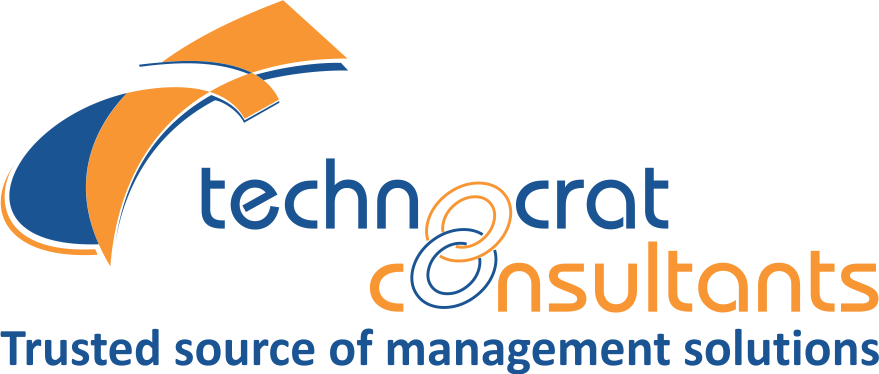 FSMA – FOOD SAFETY MODERNIZATION ACT – USFDA
FSMA – FOOD SAFETY MODERNIZATION ACT – USFDA
The FDA Food Safety Modernization Act (FSMA) Preventive Controls for Human Food rule is now final, and compliance dates for some businesses begin in September 2016.
This final rule is the product of an unprecedented level of outreach by the FDA to industry, consumer groups, the agency’s federal, state, local and tribal regulatory counterparts, academia and other stakeholders. This outreach began before the rule was proposed in January 2013.
In response to input received during the comment period and during hundreds of engagements that included public meetings, webinars, listening sessions, and visits to farms and food facilities across the country, the FDA issued a supplemental notice of proposed rulemaking in September 2014. The proposed revisions were designed to make the originally proposed rule more practical, flexible, and effective for industry, while still advancing the FDA’s food safety goals.
The final rule has elements of both the original and supplemental proposals, in addition to new requirements that are the outgrowth of public input received during the comment period for both proposals. For example, flexibility has been built into key requirements, including control of the supply chain, and the definition of farms— which are exempt from these regulations— has significantly changed to reflect modern farming practices.
- Features and Benefits
- Applicability
- Consulting Methodology
In general, you are a covered facility if you are required to register with FDA under section 415 of the Federal Food, Drug, and Cosmetic (FD&C) Act.
Covered facilities must establish and implement a food safety system that includes an analysis of hazards and risk-based preventive controls. The rule sets requirements for a written food safety plan that includes:
Hazard analysis: The first step is hazard identification, which must consider known or reasonably foreseeable biological, chemical, and physical hazards. These hazards could be present because they occur naturally, are unintentionally introduced, or are intentionally introduced for economic gain (if they affect the safety of the food).
Preventive controls: These measures are required to ensure that hazards requiring preventive control will be minimized or prevented. They include process, food allergen, and sanitation controls, as well as supply-chain controls and a recall plan.
Oversight and management of preventive controls: The final rule provides flexibility in the steps needed to ensure that preventive controls are effective and to correct problems that may arise.
Monitoring: These procedures are designed to assure that preventive controls are consistently performed. Monitoring is conducted as appropriate for preventive control.
Corrective actions and corrections: Corrections are steps taken to timely identify and correct a minor, isolated problem that occurs during food production. Corrective actions include actions to identify a problem with preventive control implementation, to reduce the likelihood the problem will recur, evaluate affected food for safety, and prevent it from entering commerce. Corrective actions must be documented with records.
Verification: These activities are required to ensure that preventive controls are consistently implemented and effective. They include validating with scientific evidence that a preventive control is capable of effectively controlling an identified hazard; calibration (or accuracy checks) of process monitoring and verification instruments such as thermometers and reviewing records to verify that monitoring and corrective actions (if necessary) are being conducted.
Product testing and environmental monitoring are possible verification activities but are only required as appropriate to the food, facility, nature of the preventive control, and the role of that control in the facility’s food safety system. Environmental monitoring generally would be required if contamination of a ready-to-eat food with an environmental pathogen is a hazard requiring a preventive control.
Some of the many advantages of this certification include:
- Consistent standards throughout processes
- Reduce the risk of hazards & food-related health issues
- Regular review of processes
- Reliable quality of product
- Protecting your brand image
- Build a trustworthy image
- Gain a competitive edge
- Retain clients & gain new ones
- Have an international certification to tap into markets overseas
- Improve market standing & profitability
Generally, domestic and foreign food facilities that are required to register with section 415 of the Food, Drug, & Cosmetic Act must comply with the requirements for risk-based preventive controls mandated by the FDA Food Safety Modernization Act (FSMA) as well as the modernized Current Good Manufacturing Practices (CGMPs) 21 CFR 117 of this rule (unless an exemption applies).
It is important to note that applicability of the CGMPs is not dependent upon whether a facility is required to register.
All food processors export food for human consumption to the USA requires a company the same.
